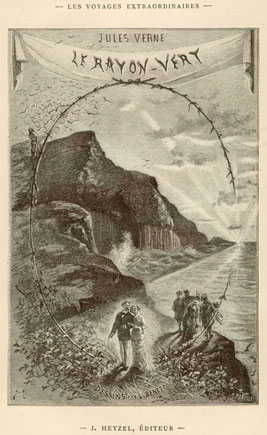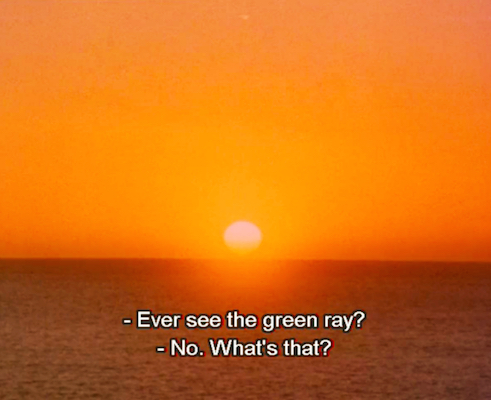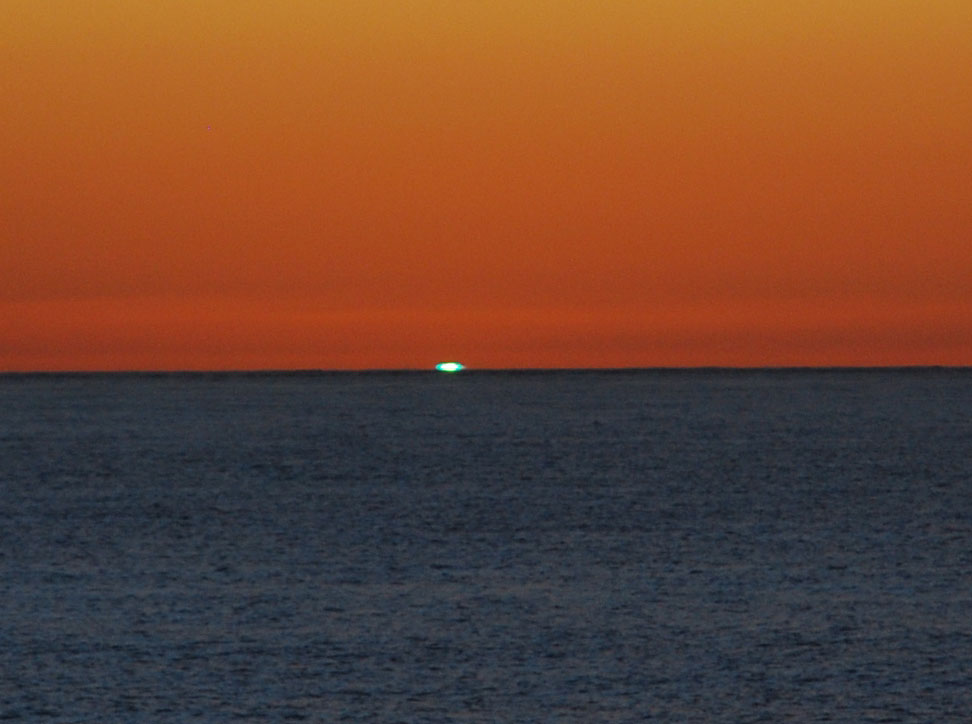Inspired by Jules Verne’s novel of the same name, The Green Ray (original title: Le Rayon vert) is a 1986 French gem by Éric Rohmer. This now-classic movie won the Golden Lion and the FIPRESCI Prize at the 1986 Venice Film Festival. In his unique cinematic style, Rohmer tells the simple story of Delphine who finds herself helplessly alone in Paris in the July summer of 1986, with nowhere to go. On a sporadic holiday she fails to enchant herself with romance and connection, while her anxieties cause her to reject the new. Somewhere along the way, she finds what she didn’t know she needed.

According to Verne, when one sees a rare green flash at sunset, one’s own thoughts and those of others are revealed as if by magic. But what exactly is the green ray?
Somewhere in the middle of the film, we learn from a kind white bearded old man about the scientific explanation behind the title of the film. Green ray refers to a meteorological phenomenon that sometimes occurs around the moment of sunset or sunrise. When the conditions are right, a distinct green spot is visible for no more than two seconds above the upper rim of the Sun’s disk. Rarely, the green flash can resemble a green ray shooting up from the sunrise or sunset point. The green flash occurs because the Earth’s atmosphere can cause the light to refract into different colours. Green flashes are enhanced by mirages which increase refraction.

In Rohmer’s movie, the green ray acts as a metaphor for the seeming unobtainability of happiness as pursued by his protagonist, Delphine. In fact, the green ray was also impossible to be captured by Rohmer’s camera, which forced him to recreate it through special effects, offering to the spectator a bittersweet and open-ended ending to a memorable cinematic experience. In the words of Scottish novelist, poet and film critic, Gilbert Adair, Rohmer’s green ray is “the tiniest and most moving special effect in the history of cinema that is barely possible to notice on a TV screen“.

Liked this post? Check out recent news, stories and resources on our June 2022 Newsletter.
